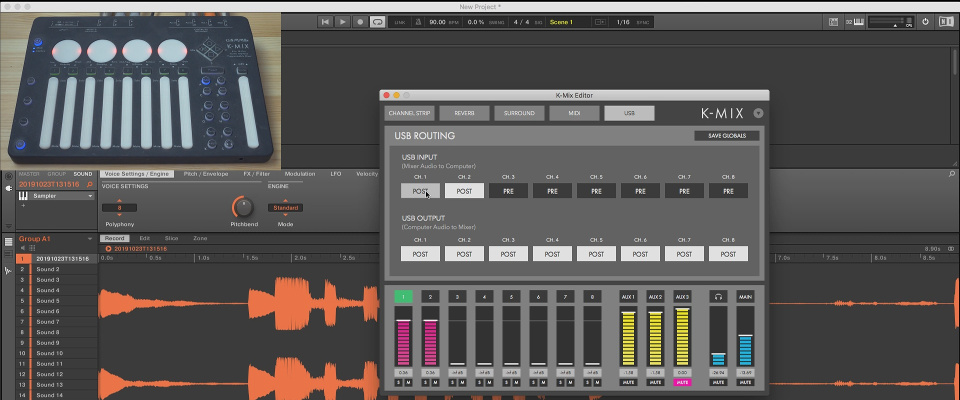
This should be in the upper left corner of the captioner screen. Select the channel of the spoken language in the meeting. If your browser asks for microphone access, click “Allow.”Ģ. Then, open it by clicking Control as Operator. Set up spf.io as you normally would for either raw captioning or auto-caption and translate. Log into spf.io and create a new session.
#How to audio loopback mac#
The computer set up to auto-caption the Zoom meeting must be a separate device from the one that you yourself will use to participate in the Zoom meeting.įor both Mac and PC: Within-spf.io Setup | Zoom Setupġ. IMPORTANT NOTE: If you also need to speak in the call, you need two devices. Here are the steps to set up and loopback audio of a Zoom call. Below is a diagram explaining how it works (this applies to OBS as well). This routes the sound into spf.io to generate captions. In order to caption multiple speakers on the Zoom call, you will need to loopback audio from your meeting. Understand the risk of mistakes that come with auto-captioning.DO have a separate computer that can be used for auto-captioning.You do not have someone to manually caption your meetingĪs you prepare to use this feature, make sure that you:.


This is because you would wind up sending everyone on the call their own audio right back on a slight delay and that will really mess with them. For one, you’re pretty much never going to want to set your Zoom or Streamyard speakers to that Multi-output device or to the VB-Cable directly.

So that’s the bulk of it! There a few more issues to be aware of though.
#How to audio loopback download#
It’s called VB-Cable Virtual Audio and you can find the download page by clicking here. So let’s turn to a program that’s free, works on Macs and PCs and installs safely with just a few clicks.
#How to audio loopback install#
Soundflower has been the gold standard for years, but it’s Mac only and if you try to install it these days you have to override Mac’s newest security guidelines just to trick it into installing. There’s even one that’s actually called " Loopback" but it costs quite a bit of money, so let’s ignore that one. That’s where installing a third party loopback application comes in handy. Streamyard also has a solution but it only works with Chrome tabs, so if you need to share sound from another program (like say Premiere for a tutorial!) you’re out of luck. Zoom has their own proprietary solution to this that auto-installs at the time that you install Zoom, but its actual quality isn’t fantastic. So let’s break it down.įirst, why would you need this? Well, anytime you’re screensharing content over services like Zoom or Streamyard that includes audio, you’ll need loopback sound of some kind. It can wind up being a kind of tricky concept, but it has myriad uses, especially in the days of social distancing. This is the concept of virtualy routing the audio out from your computer directly to a destination without needing any cables or additional hardware.


 0 kommentar(er)
0 kommentar(er)
